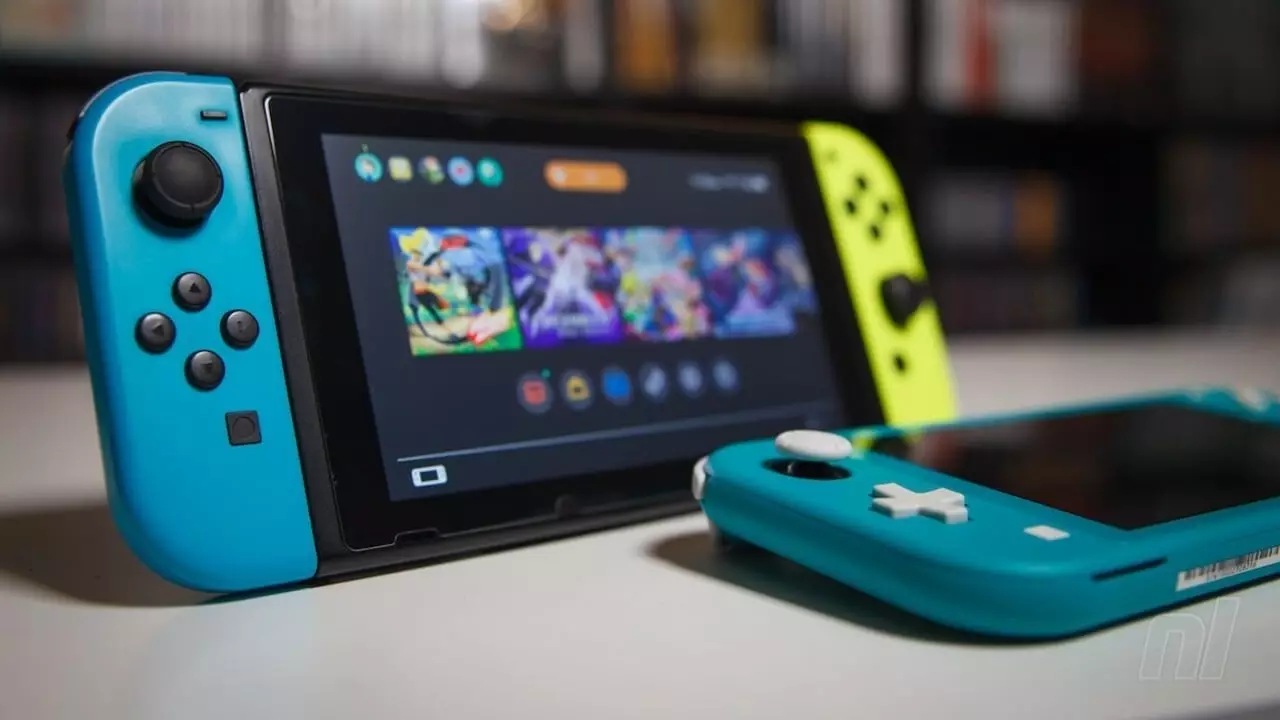As the world eagerly anticipates the opening of the Nintendo Museum next month, Shigeru Miyamoto, the revered game designer behind some of the company’s most iconic titles, has shared insights that reflect Nintendo’s core philosophy. In a recent interview with Famitsu, Miyamoto reaffirmed the company’s steadfast commitment to originality and innovation, regardless of market pressures. This foundational belief that Nintendo can thrive by adhering to its distinctive vision is pivotal in shaping both the museum experience and the future of gaming.
The Nintendo Museum intends to do more than merely showcase the company’s storied past; it aims to embody the essence of what makes Nintendo unique among its competitors. By unveiling a comprehensive display of Nintendo’s history, Miyamoto hopes that visitors can appreciate the company’s journey—one that often diverges from industry trends. The museum seeks to inspire multiple generations, illustrating how Nintendo has carved out its niche, unapologetically charting a course that is sometimes contrary to mainstream gaming narratives.
The museum represents a physical manifestation of Miyamoto’s assertion that Nintendo’s identity is not tethered to rival enterprises or cutting-edge technologies. Rather, it emphasizes a timeline of creative triumphs that culminate in products developed with conviction—whether that’s the revolutionary Wii console or the innovative Switch.
Miyamoto acknowledges that while Nintendo has often been criticized for not always diving headfirst into trends such as online functionality or mobile gaming, the company’s approach has always been measured and intentional. Instead of conforming to industry pressures, Nintendo has focused on the opportune moments to innovate. This careful balancing act between tradition and progress is something that is likely to resonate with museum-goers.
This perspective, while perhaps off-putting to analysts craving immediate results, serves as a source of trust for long-time fans and shareholders alike. By taking the time to understand and celebrate its history, Nintendo exhibits a transparency that instills confidence that the company is in it for the long haul, waiting for the right moment to launch its next big idea.
With the Nintendo Museum set to open its doors on October 2nd, attendees can expect an exciting blend of historical retrospectives and interactive exhibits. Each segment of the museum aims to convey the creative ethos that underlies Nintendo’s most successful products. What better way to appreciate the journey than through hands-on experiences that let visitors immerse themselves in the magic that is Nintendo?
The prospect of showcasing exclusive merchandise only adds to the allure. The chance to engage with interactive displays allows visitors to immerse themselves in the very narratives and experiences that have defined an entire generation of gamers. It’s a brilliant marketing strategy, but more than that, it’s a chance for enthusiasts to feel connected to the creations that have brought them joy.
As Miyamoto reflects on the future, there lies an essential question that bubbles beneath the surface: Will Nintendo’s philosophy ever change? The answer, as gleaned from the insights shared in the Famitsu interview, suggests that the company will likely continue to err on the side of authenticity, even as the industry itself evolves. Nintendo’s potential for innovation is rooted in its ability to prioritize creativity over competition—a principle that can guide it through any storm of market fluctuation.
The upcoming museum is an embodiment of this philosophy, an invitation to both new and old fans to witness firsthand how Nintendo has always dared to dream differently. As the exhibits unfold, they will tell a richer story of a company that thrives on the uniqueness of its vision. For many, the excitement lies not just in where Nintendo has been, but in where it is going—an unpredictable journey that promises to remain as compelling as ever.
The unveiling of the Nintendo Museum offers a unique opportunity for fans and newcomers alike to appreciate the artistry and innovation that have made Nintendo a household name. As the company continues to navigate the complexities of the gaming landscape, its commitment to originality and staying true to its roots may very well be the key to its enduring legacy. For viewers of the museum—and players of Nintendo’s games—the path forward will always be intertwined with the rich, colorful tapestry of its past.

